China's coordination also meant concerted efforts nationwide.
With unified central command and fulfilled local responsibilities, China has fully demonstrated its ability to mobilize resources to accomplish major initiatives.
The best doctors, the most advanced equipment, and the most urgently needed resources were sent to the hardest-hit places.
To control the COVID spread, oil refiners moved to produce medical masks and green channels were opened for epidemic-fighting materials. Export-related businesses were added to the white list to stabilize industrial and supply chains.
To ensure people's livelihood, multiple measures were taken to shore up employment, particularly for graduates and migrant workers, so that no one would be left behind.
China never had to choose between epidemic response and development. Foreign media outlets noted that China had taken strict COVID measures, while also repairing its economy.
"Regardless, China, like the rest of the world, is likely to gradually come out of the shadow of COVID-19, which had been a major hindrance to the vitality of the economic powerhouse. The world will eventually benefit from the resurgence of China's economy, too," said an article published on the website of Forbes.
OPTIMIZATION: ADAPTING TO CHANGING REALITIES
Early on Sunday, a man surnamed Li held up a handwritten "welcome home" banner at the Shanghai Pudong International Airport as he waited for his daughter to return home.
"It's been three years since we saw her. We don't want to wait for even one more day," Li said.
The joy evident at the arrivals areas of all ports of entry across China marks a "new phase" in the optimization of the country's COVID response.
Starting from Jan. 8, China has dropped centralized quarantine targeting inbound travelers.
Contrary to speculation by some Western media and politicians who labeled the recent policy shift as "a U-turn," the latest optimization was a result of China's scientific assessment of the current pandemic and based on prudent planning, as well as a timely response to the yearnings of the people.
Over the past three years, China has continuously adjusted its COVID prevention and control measures in light of new developments in the epidemic situation.
To guide the fight against COVID-19, Chinese health authorities have issued 10 editions of diagnosis and treatment protocols.
In the latest protocol, published last week, quarantine measures against people with COVID-19 infection were dropped, and their close contacts are no longer required to be identified. Hospitals will no longer tally suspected cases, and the standard used for discharging patients from hospitals has also been adjusted.
Since the release of China's first version of the diagnosis and treatment protocol in January 2020, each updated edition has seen noticeable changes, but the main thing they all have in common is dealing with the uncertainty of the epidemic in accordance with the time and situation.
As a result, when the weakening pathogenicity of the Omicron variant, combined with China's relatively strong immunity barrier built through mass vaccination, and its growing accumulative experience in epidemic response, presented a critical "window of opportunity" late last year, China took the initiative to further refine its COVID response measures.
China is fighting a well-prepared battle this time. As the virus weakens, the Chinese people have become better equipped to combat it.
Authorities have been continually fine-tuning the allocation of medical resources and ensuring sufficient supplies of medicines to the public. Machines are humming around the clock in the workshops of Chinese pharmaceutical companies.
In December last year, the daily output of ibuprofen and paracetamol, key drugs for fighting pain and fevers, expanded more than four times within a month, while the daily production capacity of COVID-19 antigen test kits grew from about 60 million to some 110 million during this period.
Across the country, the average occupancy rate of hospital beds for severe cases has not yet reached the 80 percent mark.
"China has done well to safeguard the lives and health of its people over the past three years, and has rightly lifted the restrictions now so that it can also help protect their livelihoods and promote economic development," said Mario Cavolo, an American writer who has been living in China for over 20 years.
Today, as China shows strong signs of recovery, the world is excited. China's economic rebound, as widely predicted by investment institutions, will act as a "counterweight" to a potential global recession.
Following the most recent round of COVID policy optimization steps, business opportunities and activities are also picking up steam in China.
According to investors and analysts, China is starting the year with a "brighter outlook," as the possibility of a faster and stronger economic recovery grows.
A report by German media outlet FOCUS Online said Germany will benefit from China's recent adjustments to anti-virus measures in three respects: Products like cars are likely to become cheaper in Germany; German companies and investors will earn more profits as more customers flock to their stores in China; and jobs in German companies will become more stable.
"China's performance in both health and economy during the pandemic is in international comparative terms little short of a miracle -- above all in comparison to the Western countries," said John Ross, former director of Economic and Business Policy of London.
NORMALCY: EVERYTHING LOOKS NORMAL YET FRESH
For many people, getting back to their normal lives is their common wish for the new year.
This wish is beginning to come true.
It can be felt at reception halls of the exit and entry administration bureaus across the country, which are getting much busier in the past few days as more and more people are planning to visit friends, do business and study abroad.
As China enters a new phase of COVID response, it has downgraded the management of COVID-19 starting from Jan. 8.
A series of changes have taken place as a result: The processing and approval of ordinary passports applied for by Chinese citizens for traveling abroad have been resumed, medical institutions no longer triage patients based on the results of their nucleic acid tests, testing and centralized quarantine targeting inbound travelers have been dropped, and imported cold chain foods are not sampled for testing anymore.
Lei Zhenglong, an official from the National Health Commission, said that emergency prevention and control measures are generally not needed at this stage of normalized COVID response.
China's optimization of its COVID response doesn't mean letting go of the virus, nor is it equivalent to a so-called "full opening" or a "lying flat" approach. Instead, it ensures that resources are always allocated to areas where they are needed the most.
Cities such as Beijing are regaining their vitality. In the metropolises, the once-empty subway trains are again crowded with mask-wearing commuters. Travel plans that had been shelved are now back on people's agendas. With the start of the Spring Festival travel rush, the largest human migration in the world is once again kicking off in China.
Normalcy does not mark an end, but a beginning.
More people have become accustomed to seeing doctors in internet hospitals, while business opportunities "on the cloud" have boosted the economy.
China has now built the world's largest online direct reporting system for infectious diseases and public health emergencies, reducing the average reporting time to less than four hours. The country has also established a system capable of detecting more than 300 pathogens within 72 hours.
Everything is back to normal, but that doesn't mean the virus has disappeared. In fact, it's still here, but it's no longer that frightening as China now has a stronger medical treatment capacity, a better level of governance at the grassroots level, and greater social tolerance.
More importantly, people are calmer and more confident in dealing with the virus.
Behind the five keywords -- "fight," "prevention," "coordination," "optimization" and "normalcy" -- are the CPC's people-centered governance philosophy and China's institutional advantage of pooling resources to accomplish major undertakings.
They also demonstrate the great power of striving in unity, the fine characters cultivated by traditional Chinese culture, and China's sense of responsibility for the shared future of all humanity.








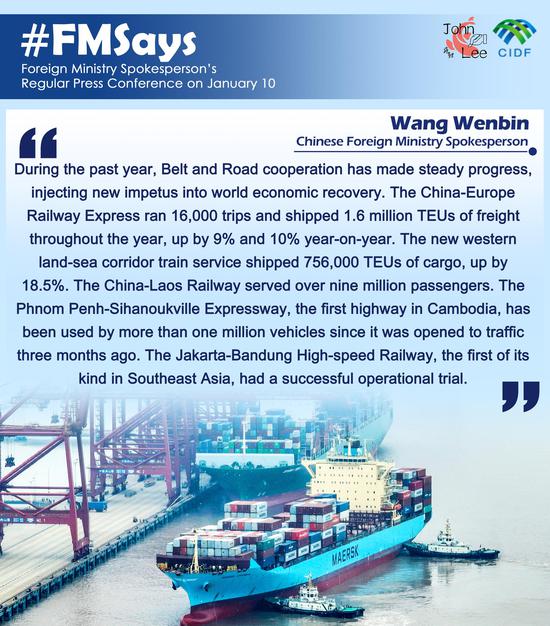
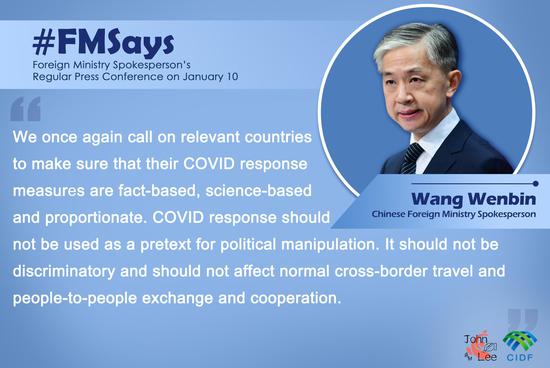
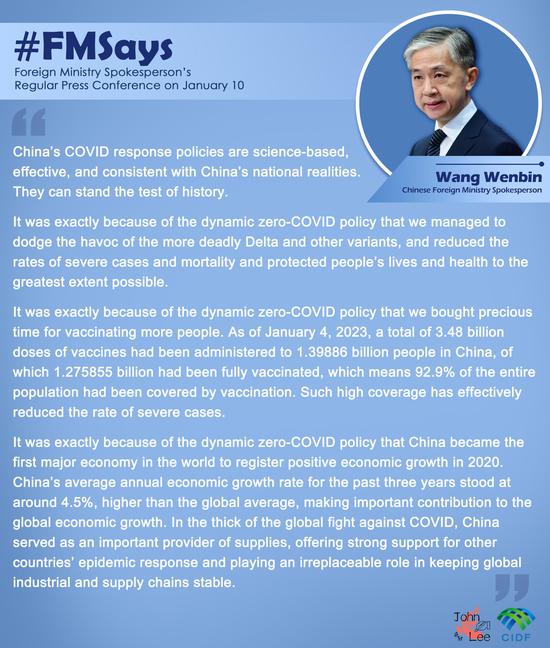
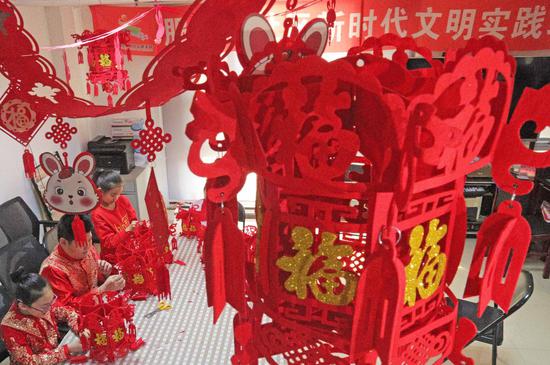
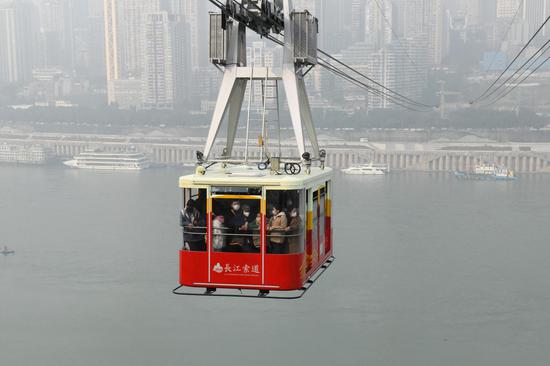
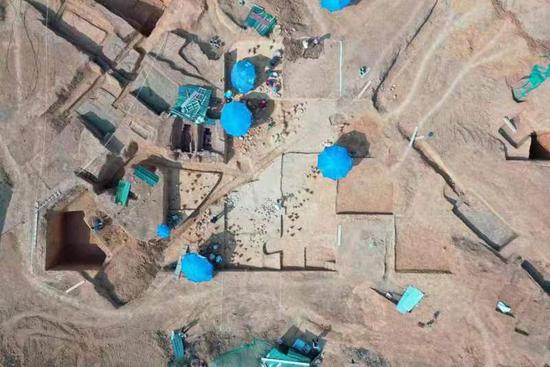
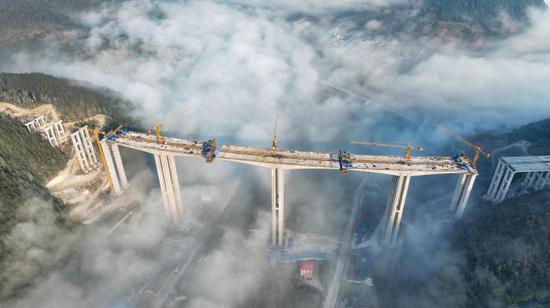
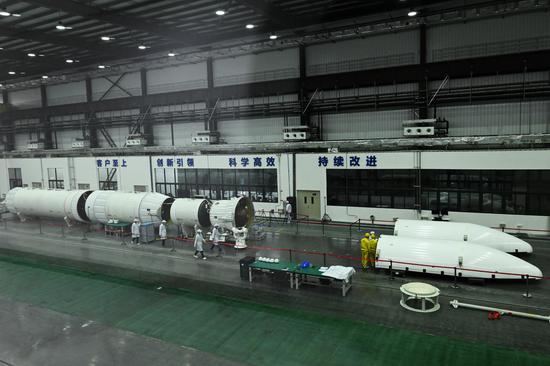


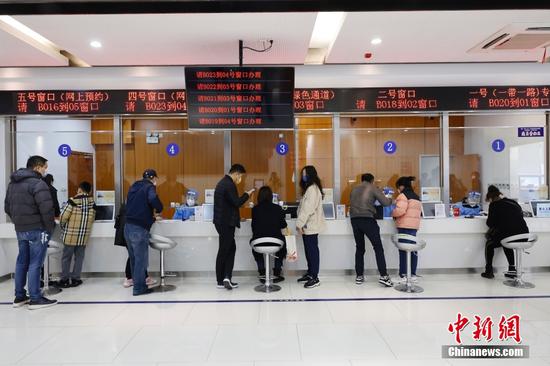
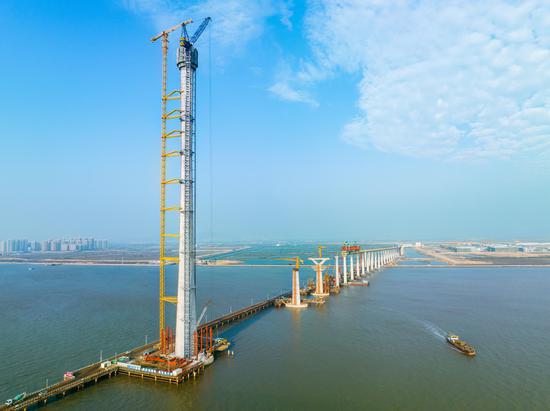

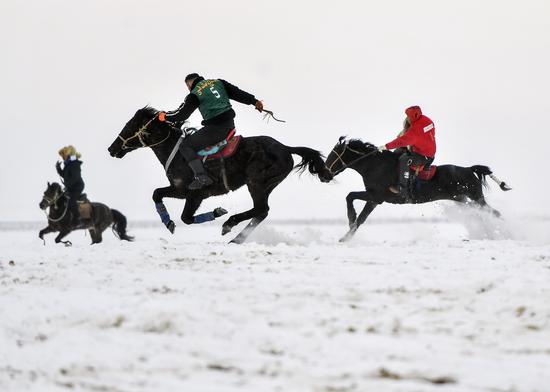
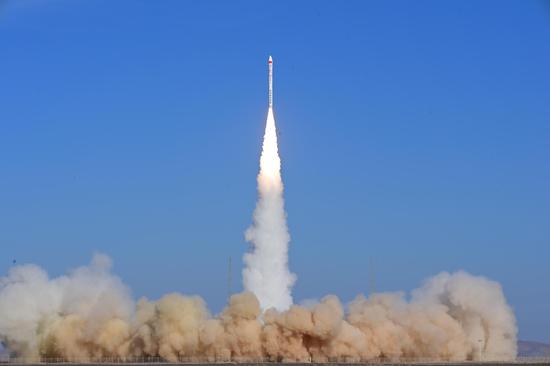

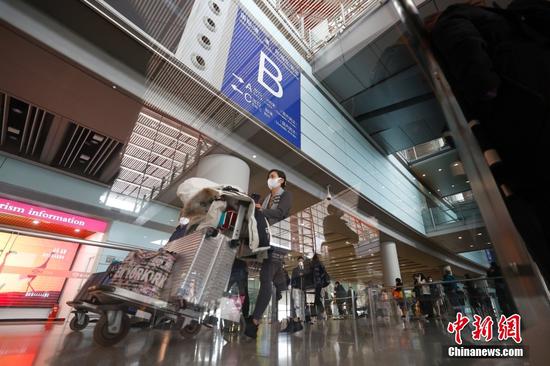

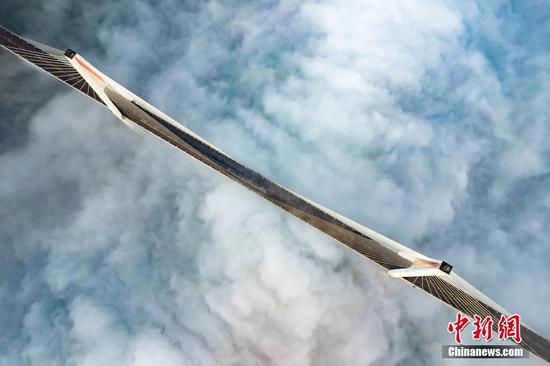
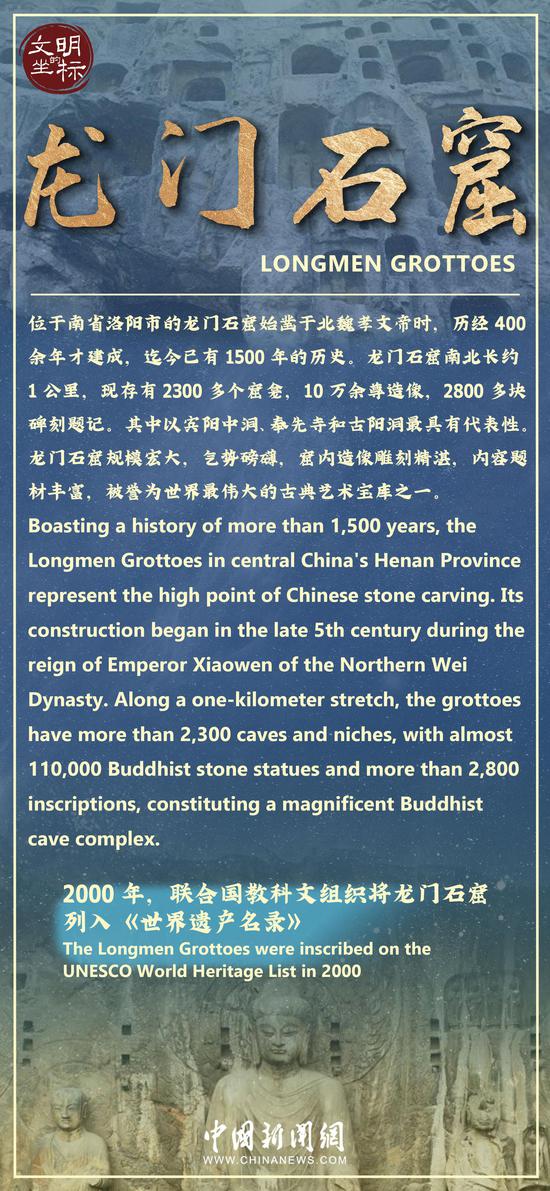
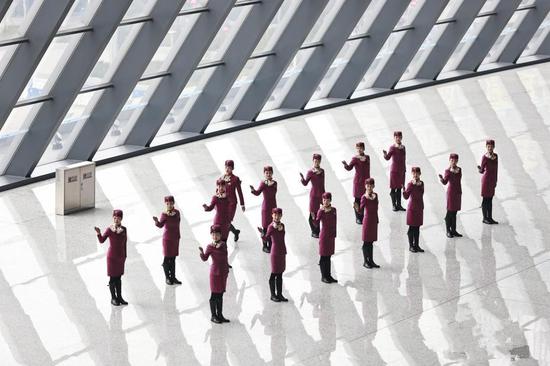
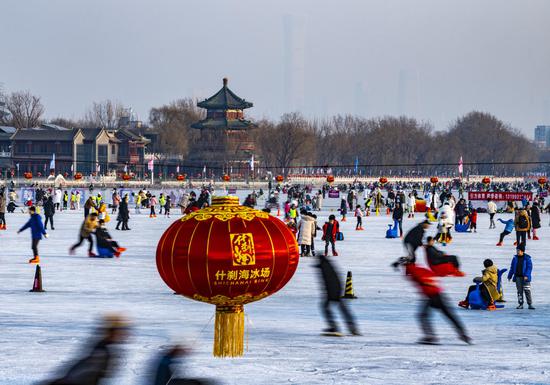
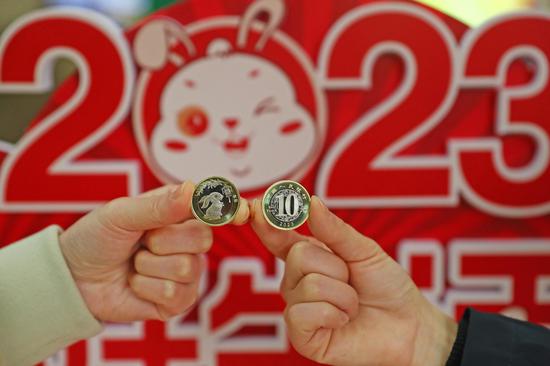
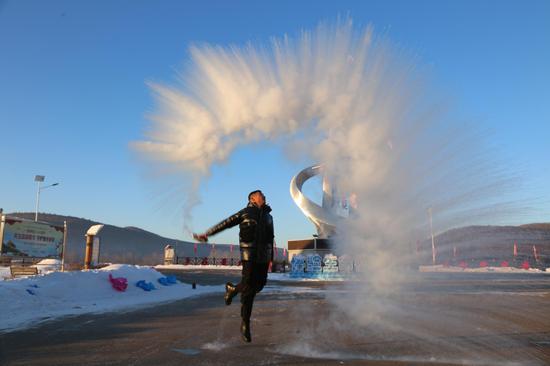
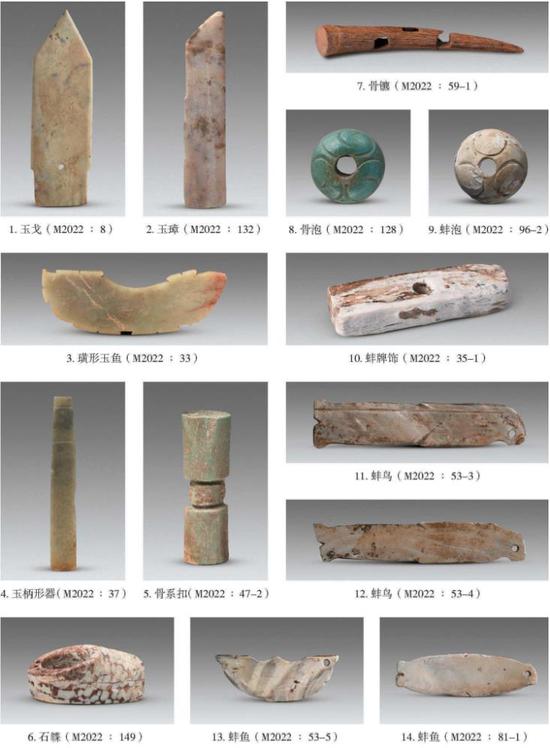

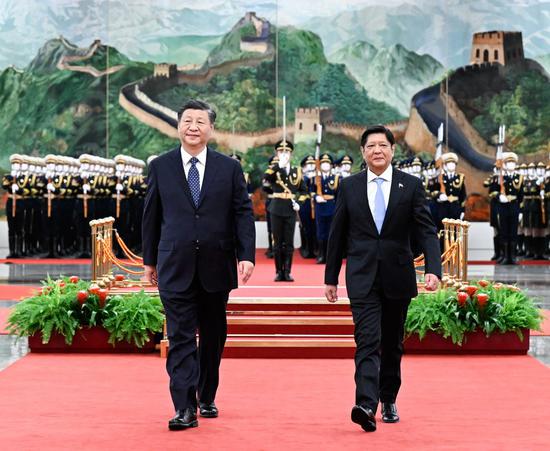
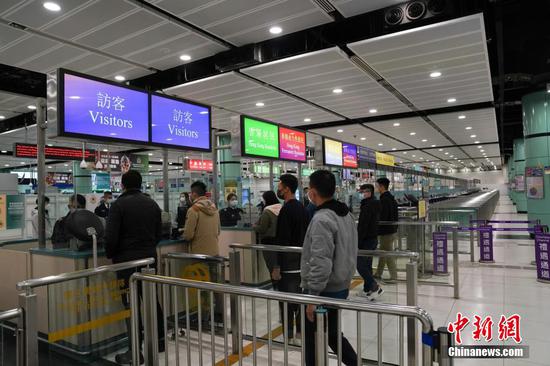

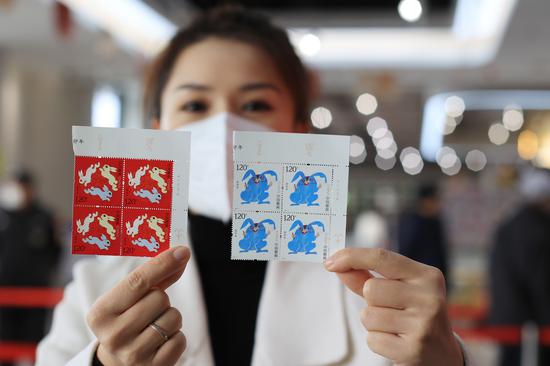
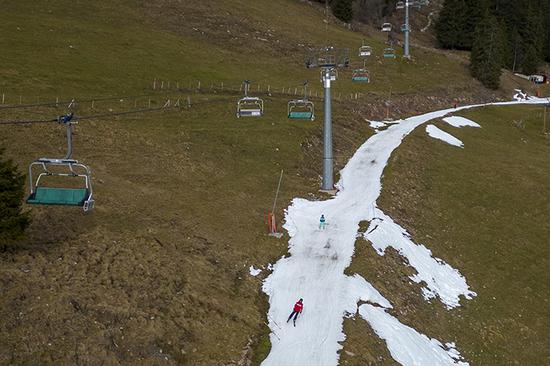

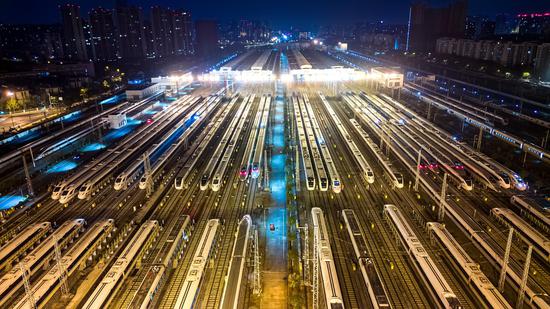
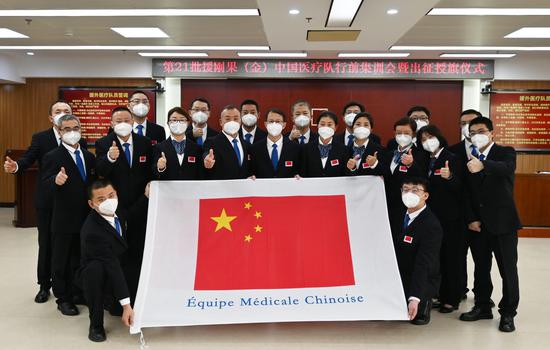








 京公網安備 11010202009201號
京公網安備 11010202009201號